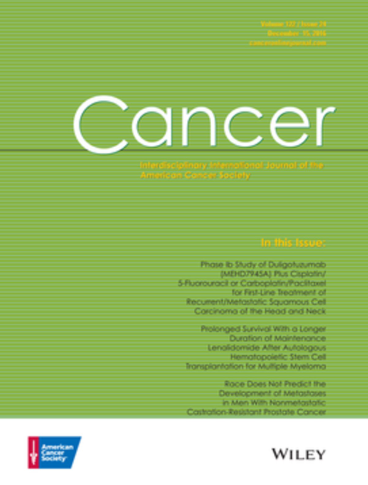Utilization and perceptions of chaplaincy among hospitalized adults of Dharmic religions with cancer
Abstract
Background
Spiritual care provided by chaplains plays a key role in cancer care in the United States, yet little is known about chaplaincy utilization among people of Dharmic religions (Hinduism, Buddhism, Sikhism, Jainism) with cancer.
Methods
This multi-methods study reviewed the records of patients (aged 18 years and older) who were hospitalized at a dedicated cancer hospital (2015–2019) and conducted interviews with chaplains and adults of Dharmic religions (2020). Primary outcomes included measuring chaplaincy utilization (at least one chaplain visit) across different religions and identifying perceptions of chaplaincy. Secondary outcomes involved measuring unmet spiritual needs on admission, types of spiritual care needs, and variables associated with chaplaincy utilization.
Results
Of 54,828 patients, 2% were of Dharmic religions (n = 1163; 58.4% Hindu, 33.2% Buddhist, 4.8% Sikh, 3.4% multiple, <1% Jain). Compared with others, those of Dharmic religions were younger (median age, 59 vs. 63 years; p < .001), predominantly East or South Asian (78.7% vs. 5.6%; p < .001), and had higher rates of advanced illness (22.6% vs. 15.2%; p < .001) but lower chaplaincy utilization (31.6% vs. 36.7%; p < .001). There were no significant differences in unmet spiritual needs on admission (Dharmic religions vs. others, 8.7% vs. 9.4%; p = .41). Ritual care was the most frequently documented spiritual care need (72%). Multivariable analysis indicated that longer length of stay, non-Dharmic religion, and advanced illness were associated with higher chaplaincy utilization. Themes identified from the interviews included unfamiliarity with chaplaincy, concerns about faith-discordant care, addressing spiritual care needs independently, and solutions for concordant care.
Conclusions
People of Dharmic religions with cancer were less likely to use chaplaincy services. Barriers included unfamiliarity and faith discordance. Spiritual care incorporating faith-specific resources is urgently needed.


 求助内容:
求助内容: 应助结果提醒方式:
应助结果提醒方式:


